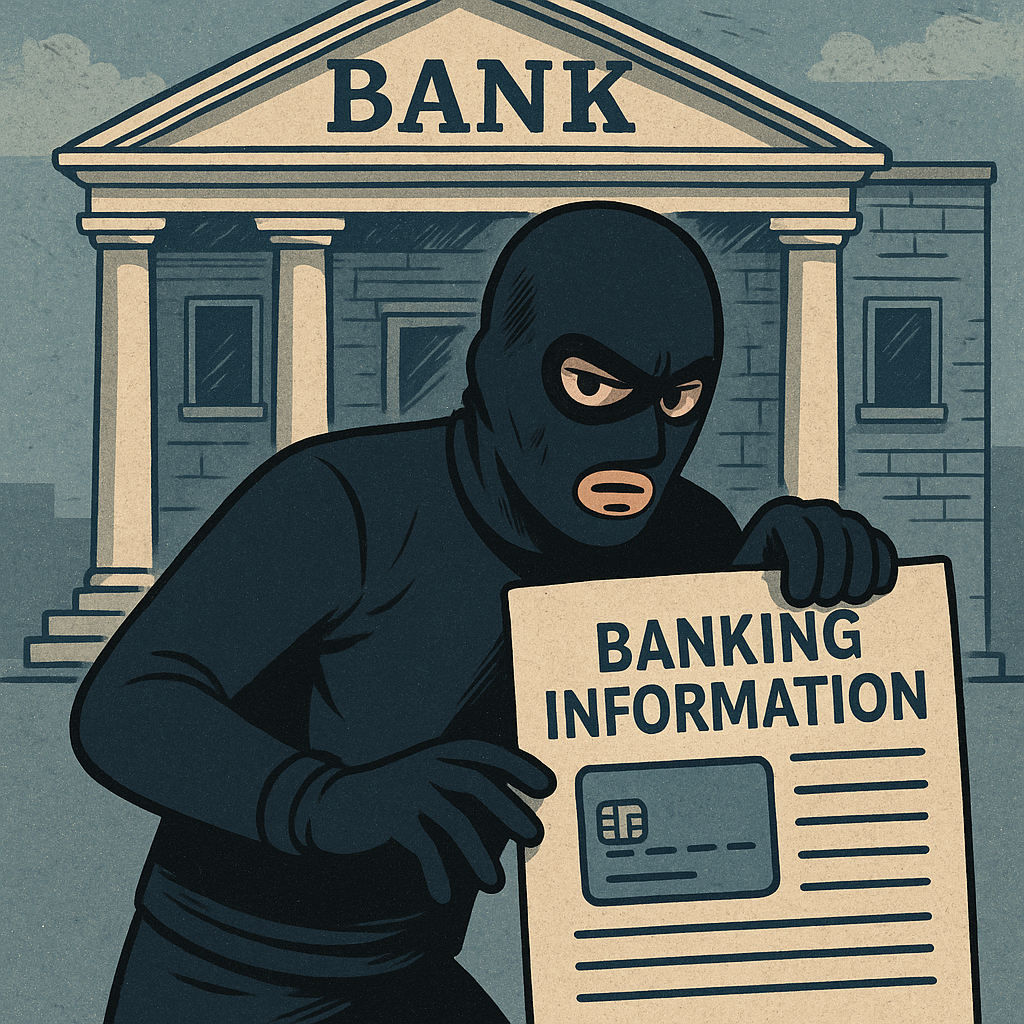Stay Alert: Protect Your Banking Information
Beware of Fake Bank Texts
Learn how to identify and avoid fraudulent messages that impersonate your bank, safeguarding your personal and financial information.

Understanding the Threat
The Dangers of Fake Bank Messages
Spotting Phishing Texts
Stay informed about the tactics used in phishing scams to protect your financial information.
Urgent Language
Phishing texts often use urgent or threatening language to create a sense of panic, prompting immediate action.
Suspicious Links
These messages typically contain links that direct you to fraudulent websites designed to steal your information.
Unfamiliar Sender
Messages from unknown or unusual numbers should be treated with caution, as they may not be from your bank.
Request for Personal Info
Legitimate banks will never ask for sensitive information, such as passwords or PINs, via text message.
Verify the Sender's Number
Check if the message comes from your bank’s official number. If it’s from an unknown number, be cautious.
Look for Spelling and Grammar Errors
Official bank communications are typically free of errors. Mistakes can indicate a scam.
Avoid Clicking on Links
Do not click on any links in the message. Instead, visit your bank’s website directly through your browser.
Contact Your Bank Directly
If in doubt, call your bank using the number on their official website to verify the message’s authenticity.
Understanding Text Message Scams
What should I do if I receive a suspicious text?
Do not respond or click on any links. Contact your bank directly to report the message.
How can I tell if a message is a scam?
Look for generic greetings, urgent language, and requests for personal information.
Is it safe to call the number in the message?
No, always use the contact information from your bank’s official website.
What information should I never share via text?
Never share your PIN, passwords, or account numbers through text messages.
Can banks send links in text messages?
While some banks do, it’s safer to access your account through their official app or website.
Customer Experiences with Fraudulent Messages
★★★★★
“I received a text claiming to be from my bank, but something felt off. I called the bank directly, and they confirmed it was a scam. I’m glad I trusted my instincts!”
Emily R.
Banking Customer
★★★★★
“After getting a suspicious message, I checked the sender’s number and found it didn’t match my bank’s. Reporting it helped prevent potential fraud.”
Michael T.
Long-time Client
★★★★★
“The message looked real, but I remembered to verify through my bank’s website. It saved me from a phishing attempt.”
Sophia L.
Security-Conscious User
Stay Alert Against Banking Scams
Protect yourself and your loved ones by staying informed about fraudulent text messages that impersonate your bank. Share this vital information with friends and family to help prevent financial scams.

